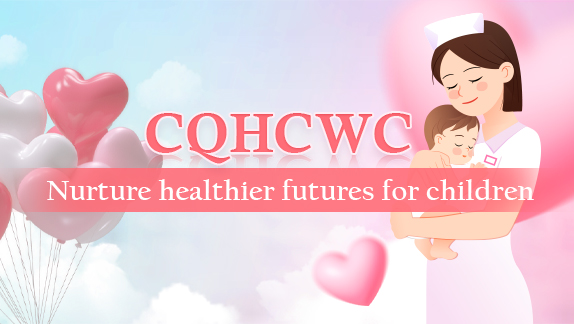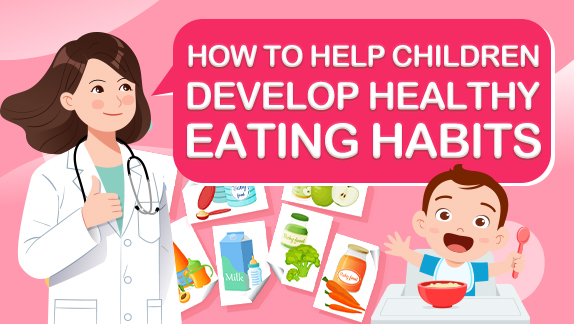Why reading food labels really matters
Food ingredients are often overlooked by parents out of simple habit, mistakenly thinking that children can eat whatever adults eat as long as it's not expired. Understanding food composition tables, therefore, is of great importance to the physical development of babies.
Parents should check and read food labels and learn to identify processed foods that are high in sugar and salt. According to the food labeling law of China, the energy and the content of various nutrients per 100 grams of food should be marked on the food label, as well as the percentage of energy and various nutrients in the whole-day nutrient reference value (NRV%).
If the NRV% of sodium is relatively high, especially when it is much higher than that of energy, it means that the food has high sodium content and should be eaten sparingly or avoided entirely.
In addition, parents should pay attention to invisible salt, which should not be eaten casually. It may not be called salt, but if too much is eaten, the result is a high-salt diet.
For example, baking soda and sodium bicarbonate in soda biscuits; preservative and color enhancer sodium nitrite; quality improver and water-retaining agent sodium metaphosphate and sodium pyrophosphate; preservative sodium benzoate, sodium pyrosulfite, low sodium sulfite, sodium pyrosulfite, and sodium dehydroacetate; sweetening agent sodium cyclamate; flavor enhancer disodium nucleotides and sodium glutamate; and emulsifier sodium stearyl lactate. They are all "salt".
Additional sugar can be found on the ingredient list on the food label. It should be noted that in addition to the sugar labeled sucrose (white granulated sugar), there are other names, such as maltose, fructose syrup, concentrated fruit juice, glucose, honey, sucrose, fructose dextrin, maltodextrin, starch syrup, corn syrup, etc. Parents should pay close attention to the overall sugar intake of their children, which may cause obesity and dental problems.
Potentially unhealthy ingredients can be found on the ingredient list, such as common trans fats – vegetable fat powder, hydrogenated vegetable oil, margarine, shortening, cocoa butter substitute, etc. If possible, choose healthier ingredients that are more body-friendly and taste better.
Another thing to look out for is allergens. Common allergens include soybeans, wheat, oats, sesame, peanuts, egg products, and dairy products. Parents of allergic babies should be careful to check the list of ingredients. Sometimes, allergens are not the main ingredient, but a small amount can lead to an allergic reaction in children.
In a word, the shorter the ingredient list for a baby's food, the better. Parents should pay attention to various oils, sugars and other additives for the sake of their children's health.
The Children's Health Care Department of the Chongqing Health Center for Women and Children (Women and Children's Hospital of Chongqing Medical University), or CQHCWC
Address: Areas A and B, Second Floor, Outpatient Department of the Ranjiaba Branch, CQHCWC
Clinic hours: 8 am-noon, 1:30-5 pm from Monday to Sunday
Tel: 023-60354345

 CQHCWC: Nurture healthier futures for children
CQHCWC: Nurture healthier futures for children How to help children develop healthy eating habits
How to help children develop healthy eating habits Wechat
Wechat Weibo
Weibo